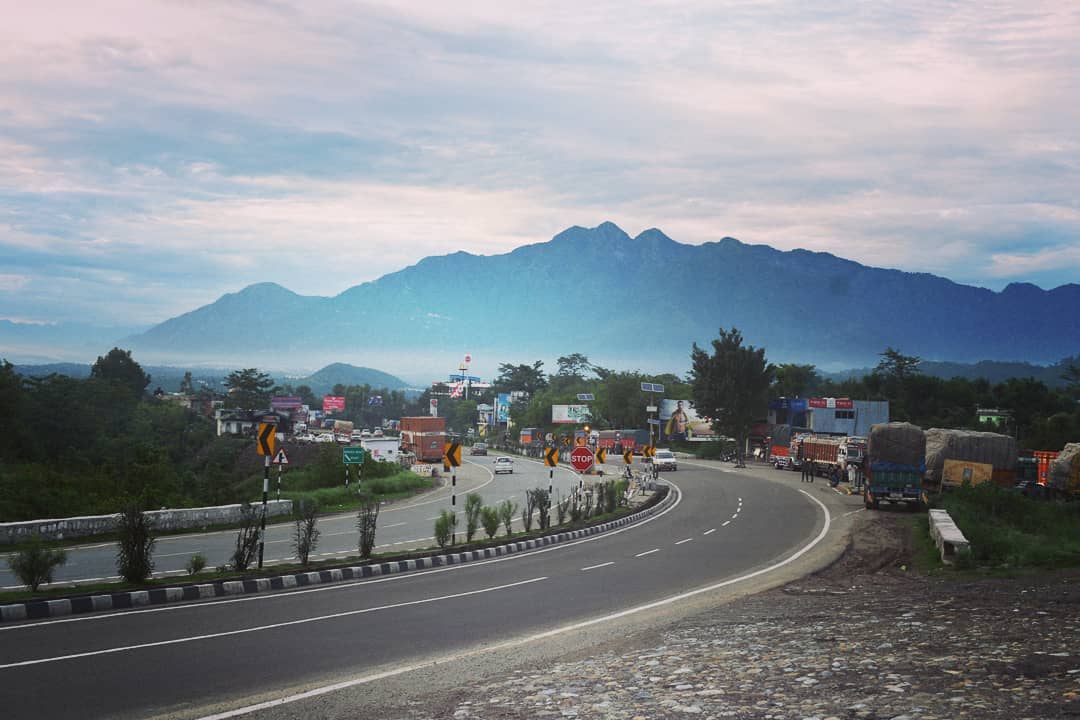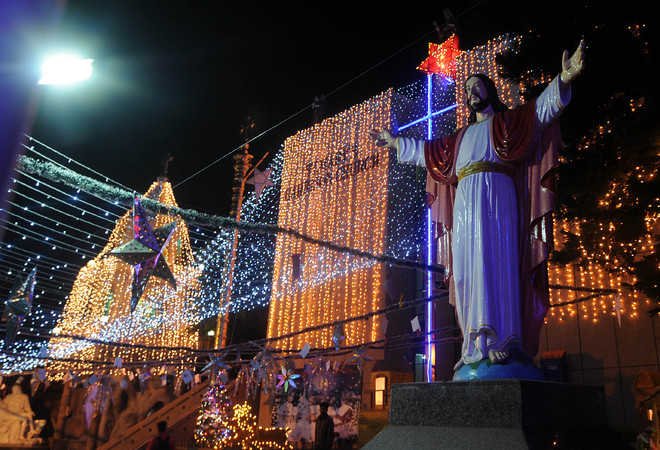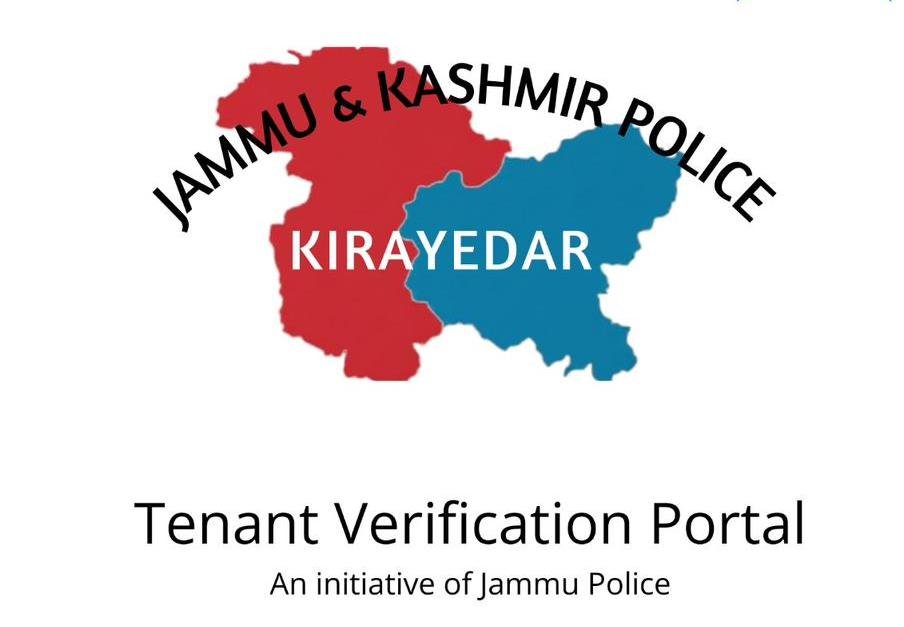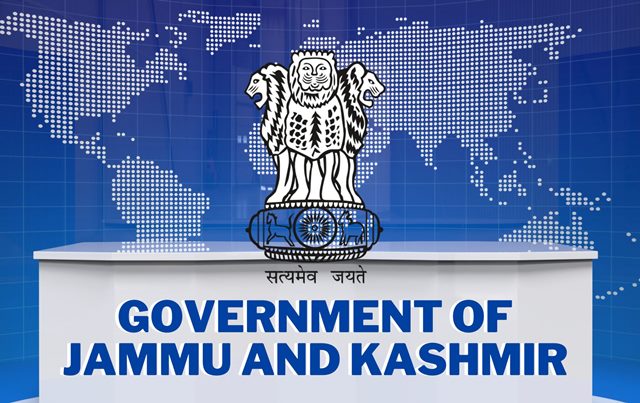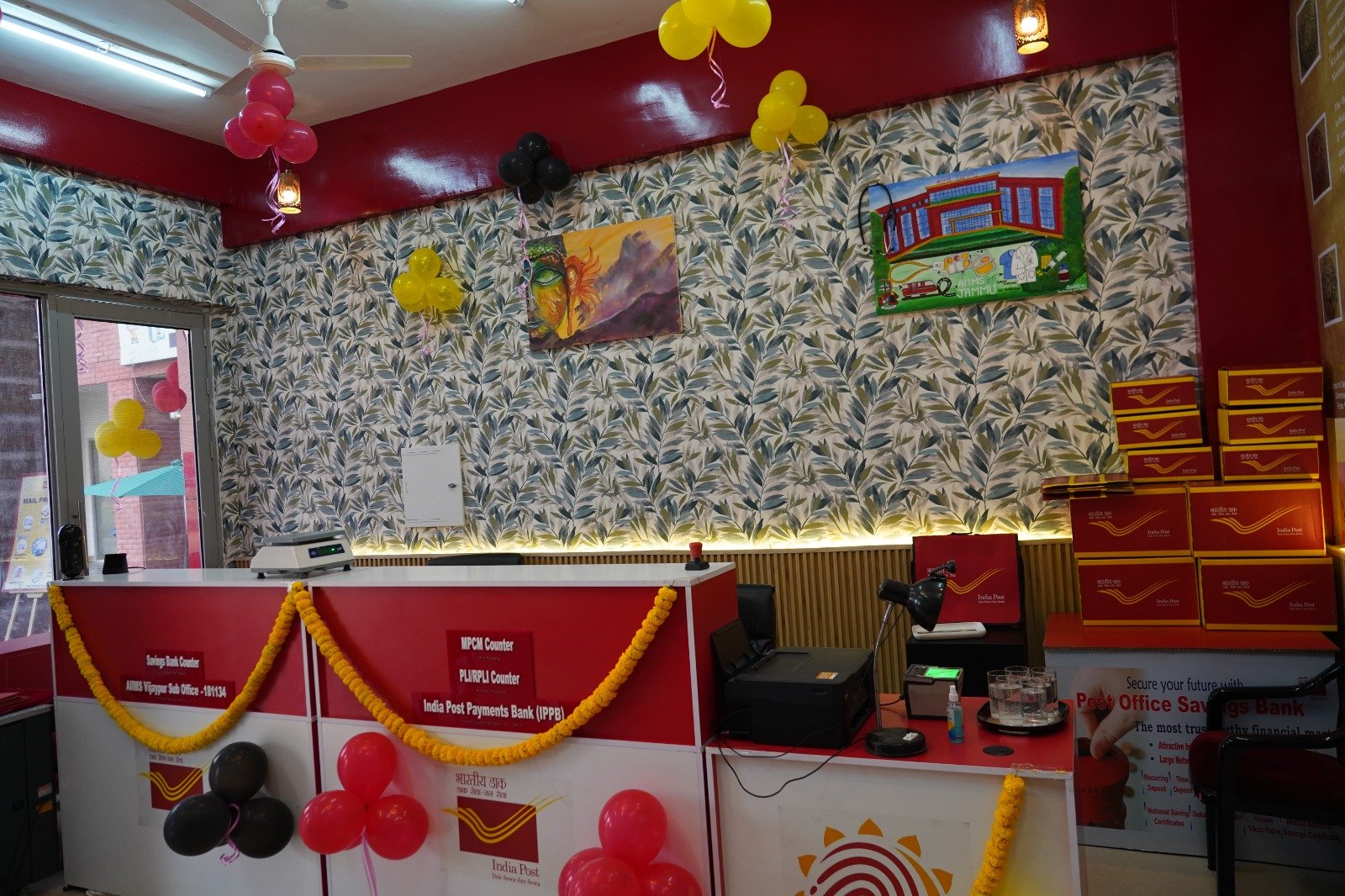There have been 3 detectable earthquakes in the state within the last 10 days. The quakes which measured 4.5, 5.4 and 4.6 are not something to be ignored. 11% of the state’s area comes under Seismic Zone V and the rest under Seismic Zone IV which make it one of the most vulnerable to devastation.
Last major earthquake struck our state in October 2005 and measured a massive 7.6 on Richter scale. The quake killed 1400 people and damaged more than 20000 houses.
A major earthquake, of magnitude 8 or greater, may strike Jammu and Kashmir, endangering the lives of as many as a million people, latest geologic mapping in the Himalayan mountains of the state suggests. Scientists have known about the Reasi fault in Jammu and Kashmir, but it was not thought to be as much as a threat as other, more active fault systems. They found that the Reasi fault has been building up pressure for some time, suggesting that when it does release or “slip,” the resulting earthquake may be large – as much as magnitude 8.0 or greater., reports Hindustan Times.
There is direct evidence of some seismic activity on the fault, where the researchers could see displacement of the Earth where an earthquake lifted one section of the fault five or more meters – possibly about 4,000 years ago.
Written records from local monasteries refer to strong ground-shaking over the past several thousand years, researchers said.
Read also: Cancer fast spreading its roots in Jammu & Kashmir: Report
However, they do not have much evidence as to how frequent major earthquakes occur on the fault, or when it may happen again.
Here are some safety measures which one should know and must exercise during such an event:

- Immediately seek a safe location such as in a doorway, beneath a table or desk, or along an interior wall away from windows or hazardous objects.
- Cover the back of your head and your eyes to minimize injury from flying debris.
- Do not take elevators during an earthquake.
- If cooking, turn off heating elements immediately.
- If outdoors, stay in open areas away from buildings, power lines, trees, and other potential hazards.
- If driving, stop quickly but safely and stay in the vehicle. Do not stop near power lines, bridges, overpasses, or other potentially dangerous locations.
- Stay calm and brace yourself to keep your balance, sitting if possible.
Even after the quake has passed, following precautions should be taken:
- Be prepared for aftershocks, which may be stronger than the initial jolt.
- Tend injuries immediately and summon emergency assistance if necessary.
- Check for structural damage, but do not enter a building that shows damage or has visible cracks in the walls or foundation.
- Wear shoes at all times to avoid stepping on broken glass.
- Turn off gas, electricity, and water if damage is suspected or if advised to do so by authorities.
- Be cautious opening cabinets, cupboards, and closets in case items may be poised to fall.
- Keep phone lines clear for emergency use.
- Be patient: It may take hours or days to restore all services depending on the severity of the quake.



